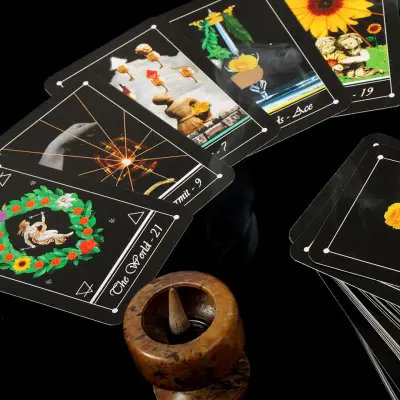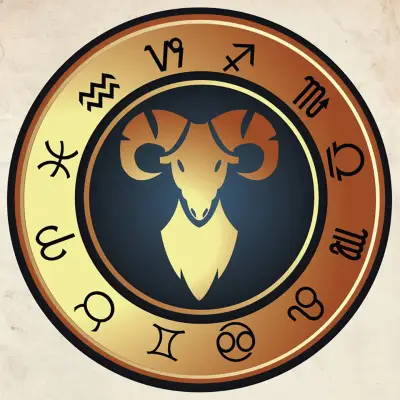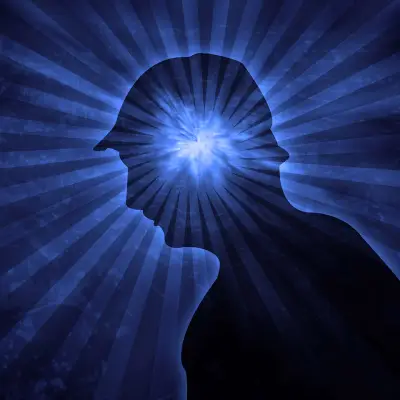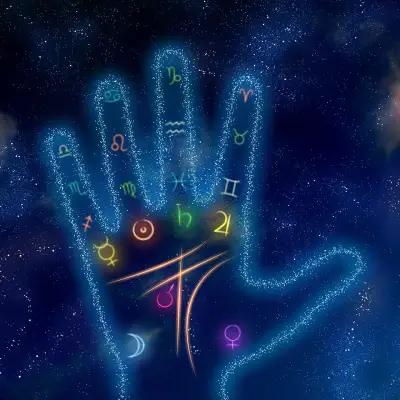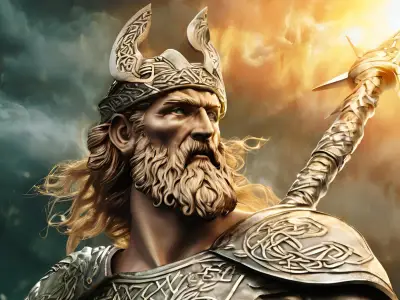Once upon a time, there existed a world where the historical and the fantastical blended seamlessly. This is the world of fairy tales. These narratives, rich in tales of courage, tragedy, bravery, and triumph - are far more than bedtime stories for children. They are part of our cultural heritage. From the walls of majestic medieval European castles to the wind-swept sands of the Middle East, each tale transported us to a world of wonder and aspiration.

Jump to:
Fairytales have long been a part of our culture, but where did they come from? Academics have revealed that many fairy tales, like Rumpelstiltskin or Cinderella, can be traced back hundreds or even thousands of years. Dating back to prehistoric times, with some even being as old as the Bronze Age, they have quite an illustrious history, so there is undoubtedly a lot to dissect.
Fairy tales have evolved and adapted to remain relevant to the world’s conscience. This blog delves into the origins of some of the world’s most famous fairy tales, revealing the timeless truths beneath the magical worlds. What is your fairytale? You never know—you may learn something about yours.
History of Fairy Tales
As with many historical documents, it is difficult to pinpoint the exact origin of even the most famous fairytales. However, many historians and academics agree that folk tales can be traced back to verbal stories passed down in European cultures. While many academics cite German fairy tales as among the first recorded, it is not that simple. It is advised that the genre was first marked out by writers of the Renaissance, such as Giovanni Francesco and Giambattista Basile, before being stabilised by later works. But as we delve deeper, it becomes evident that it may not be that clear cut.
While some highlight Charles Perrault’s Tales of Olden Times, released in 1697, as one of the first recorded documentations of fairy tales, this seminal piece then paved the way for the German versions of his fairy tales to be told in the Brothers Grimm more than 100 years later. Some say folk tales are even older than that. A group of academics (using techniques commonly employed by biologists) studied common links between 275 Indo-European fairy tales and found that some have far older roots than were first imagined, with it being said that some works originated before the emergence of literary records.
Regardless of the exact origins of the original fairy tales, further examination shows that folk tales have an expansive and, quite frankly, astonishing history.
Recommended for you!
Best SellersCinderella
It can be argued that, among popular fairy tales, there is none more popular than Cinderella. Since the story's creation, there have been countless retellings, from original Disney animated features to a Japanese television series and a Disney live-action remake.
Cinderella tells the tale of a young girl (Cinderella) who is treated terribly by her wicked stepmother and sisters. Because of this, Cinderella is magically assisted by her fairy godmother. This means she can then attend the ball dressed as a beautiful princess and fall in love with a prince. The next day, she returns to her usual status but accidentally leaves behind her slipper. The prince begins a quest throughout the kingdom to locate her, and ultimately, the slipper leads him to her.
Cinderella’s Origin
Cinderella is one of the most enduring fairytale stories. Its origin can be traced back to antiquity, with one of the earliest versions coming from the Greek geographer Strabo in the 1st Century BCE. The tale revolves around a Greek slave girl named Rhodopis, who married the king of Egypt. However, the version of Cinderella that is more largely recognised today has its roots in several earlier tales from various cultures around the world.
A version of note is the Chinese tale ‘Yeh-Shen,’ which is believed to have been written during the Tang Dynasty. In it, a young girl is mistreated by her stepmother and stepsisters. She finds help through a magical fish and eventually marries the king, thanks to a lost slipper. Sound familiar?!
The version that solidified Cinderella's story in Western imaginations, and the version that most of us know today, was penned by Charles Perrault and published in 1697. His tale was called Cendrillon ou la petite pantoufle de verre, which translates to Cinderella or the “Little Glass Slipper”. Perrault’s version certified elements that are now synonymous with the story, such as the fairy godmother, the pumpkin carriage and the all-important glass slipper.
Beauty and the Beast
One of the most famous stories in fairy tale history is Beauty and the Beast. Like Cinderella, Beauty and the Beast remains relevant in popular culture today. The Story centres around a young girl called Beauty, who trades places with her father to live with a Beast. The Beast is a young prince who has been cast under a spell that can only be broken by true love. Through many trials and tribulations, the two fall in love, and the spell is ultimately broken.
Beauty and the Beast Origins
While the tale of Beauty and the Beast can be traced back to ancient myths and legends, mainly the Greek myth of Eros and Psyche, the version as it is most commonly known today was first published by French novelist Gabrielle-Suzanne Barbot de Villeneuve in 1740. His version, ‘La Belle et la Bête,’ was somewhat lengthy and rife with intricate subplots.
Sixteen years later, another French author, Jeanne-Marie Leprince de Beaumont, significantly revised his story, publishing it in a magazine for young ladies. While this was only the second iteration of the story, it is often credited with being the basis for most modern adaptations.
Hansel and Gretel
When looking at the pantheon of old fairy tales, Hansel and Gretel may seem slightly more macabre than most. Hansel and Gretel tells the story of a brother and sister (the story's namesakes) who are abandoned in the forest by their impoverished parents. While in the forest, they discover a cottage made of gingerbread, candy, and cakes. They end up falling into the hands of a witch, the owner of the cottage, and she plans to fatten and subsequently eat the children. However, Gretel, just in the nick of time, outwits and kills her.
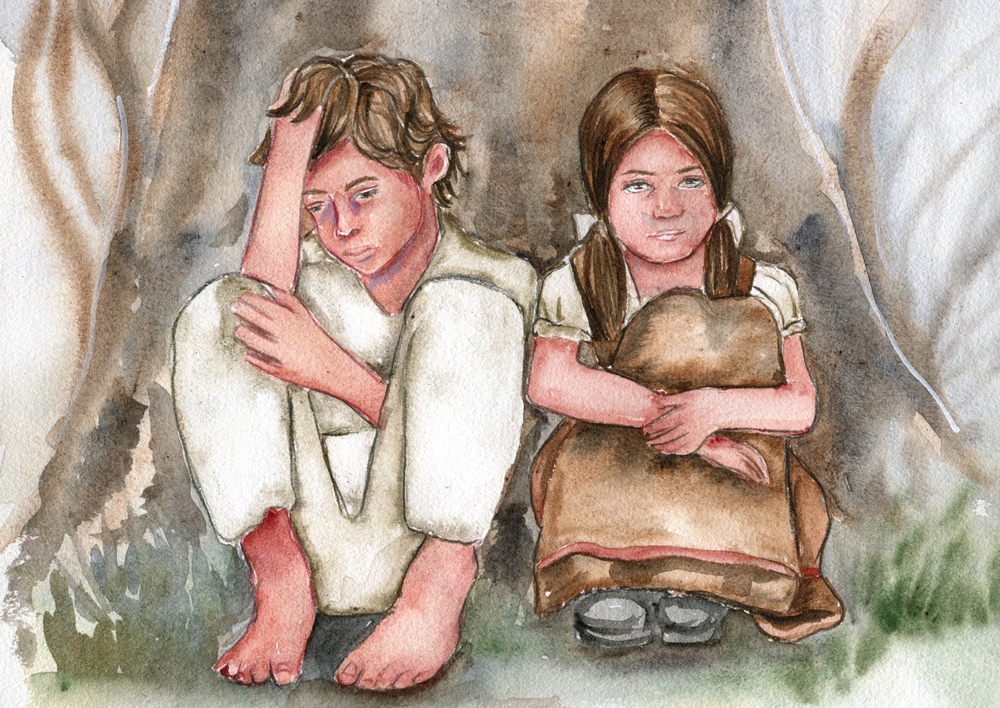
Hansel and Gretel Origins
It is sometimes theorised that Hansel and Gretel evolved from a confluence of Germanic folktales and possibly even earlier myths. However, the first edition of this story is said to have been published in the Children’s and Household Tales in 1812 by the famous Grimm brothers Jacob and Wilhelm.
Rumpelstiltskin
Despite the tale of Rumpelstiltskin garnering a reputation as a comedic tale, the story of this magical figure highlights themes of power, cunning, and the lengths that loved ones will go to. This fairy tale is about a miller's daughter, whom a king tasks with spinning straw into gold. She achieves this feat with the help of a mysterious little man in exchange for her possessions and, eventually, her firstborn child. When the little man comes to collect, she must guess his name to keep her child. After discovering his name is Rumpelstiltskin, she confronts him, leading to his defeat.
Rumpelstiltskin’s Origins
The origins of Rumpelstiltskin can be traced back over 4,000 years, with the narrative appearing in various forms across Europe. A possible early literary reference appears in Dionysius of Halicarnassus's Roman Antiquities, all the way back in the 1st century CE. However, the story took its true form when the Brothers Grimm published it in the 19th century. The tale was part of their collection, ‘Grimm’s Fairy Tales.’
Little Red Riding Hood
Oh, Grandmother, what an archaic origin you have!
The tale of Little Red Riding Hood is as iconic as any fairy tale, and it would be hard to find people who haven’t heard of the title character and the big bad wolf. The narrative details a girl who’s sent to deliver food to her grandmother, only to encounter a wolf who deceives and swallows both her and her unfortunate grandmother. A woodsman ultimately saves them both, teaching us a timely lesson about the perils of trusting strangers.
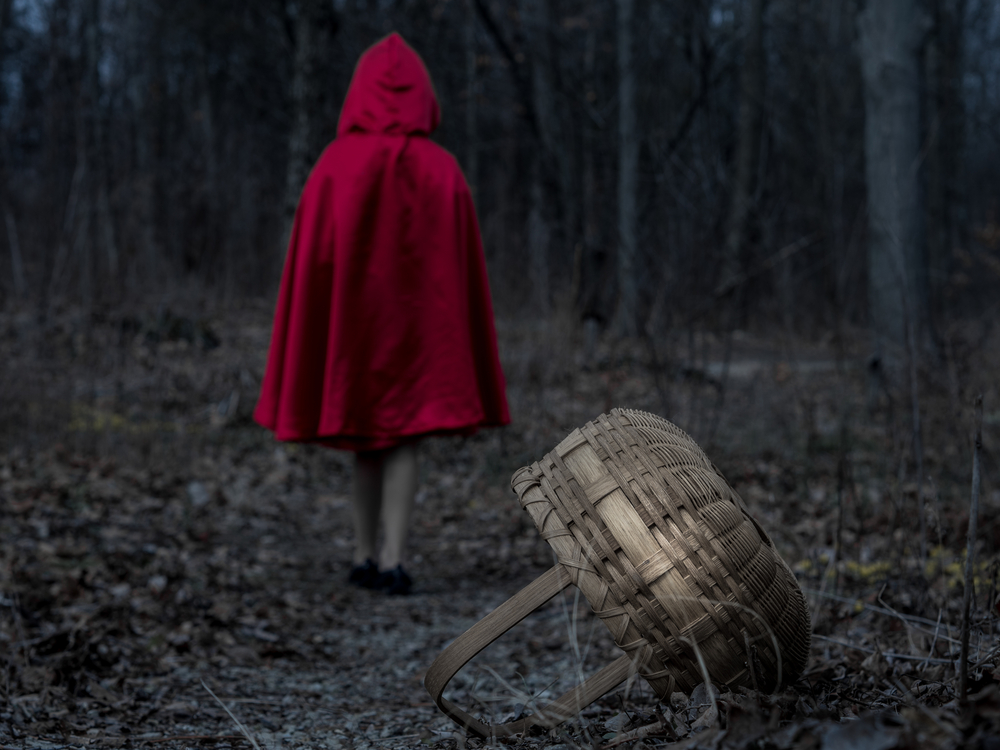
Little Red Riding Hood Origins
Unlike some of the other fairy tales we have covered, where it can be argued that the story exhibited singular authorship, Little Red Riding Hood likely emerged from a collective of storytelling practices. Dating back to oral folklore traditions of various European cultures, the story will likely have been adapted to suit the specific culture of the people telling it. For example, variations in French, Italian, and Austrian folklore (among others) were found in the 10th century.
Charles Perrault wrote the story as we know it today in 17th-century France. Titled Le Petit Chaperon Rouge, the narrative introduced elements that will be familiar to modern audiences, such as the famous red hood and cape.
The Three Little Pigs
No matter your interest in literary works, you will have heard the phrase ‘not by the hairs on my chinny chin chin.’ The Three Little Pigs is a fable about three pigs who each build a house, all using different materials. A Big Bad Wolf then blows down the first two houses made of straw and sticks. However, he is unable to blow down the final house, which is made of bricks.
The Three Little Pigs Origins
Unlike the previous fairy tales we have examined, which are predominantly Germanic in origin, the Three Little Pigs are a little more English. The story was included in the Nursery Rhymes of England, published by James Halliwell-Phillipps in 1886. However, the tale, in its best-known form, appeared in the English fairy tale by Joseph Jacobs.
Snow White
Contrary to popular belief, Snow White was not a Disney creation, although the famous song refrain of “Heigh-ho” was. Snow White is one of the oldest and best-known fairy tales. The narrative details a princess who escapes her jealous stepmother and finds refuge with seven dwarfs. The Queen attempts to kill Snow White with a poisoned apple, but Snow White falls into a deep sleep. A prince's kiss revives her, leading to their marriage and the Queen's timely defeat.
Snow Whites Origins
The tale of Snow White is believed to have been influenced by various historical and mythical figures and stories across Europe. For example, some scholars suggest that the character of Snow White might have been inspired by the life of Margaretha von Waldeck, a German countess known for her beauty and tragic life in the 16th century. An alternative source of inspiration may have been Maria Sophia von Erthal, born in Bavaria in 1729. She was known to have a stepmother and lived near a mine that employed children who could have been the real-life inspiration for the famous family of dwarfs.
Once again, the first noted publication of the Snow White story is by the Brothers Grimm. The story was first published in 1812 in their previously mentioned collection, ‘Grimm’s Fairy Tales.’
Jack and The Beanstalk
Fee-fi-fo-fum, I smell a tale of a 17th-century British classic!
Jack and the Beanstalk tells the story of a young boy named Jack, who trades his cow for magic beans. When planted, the beans grow to reach a giant's castle in the sky. After climbing the Beanstalk and being discovered by the giant, Jack must outwit the giant to steal his treasures. Eventually, he kills the giant by chopping down the beanstalk and securing his family's fortune.
Jack and The Beanstalk’s Origins
The first noted publication of a work that closely resembled Jack and The Beanstalk was The Story of Jack Spriggins and the Enchanted Bean, which was published in London by J.Roberts in 1734. The later and arguably the most known rendition of the tale was published by Joseph Jacobs in his 1890 collection of English Fairy tales.
The tale belongs to the folklore genre of “the hero's quest” and incorporates themes of courage, the consequences of greed, and the classic motif of "the little guy" outwitting a much larger adversary. It is sometimes credited with being one of the first stories of its kind.
Puss in Boots
Puss in Boots is best known for his involvement in the Shrek film franchise. However, Puss in Boots is actually a European fairy tale about an anthropomorphic cat who uses trickery and deceit to gain power and wealth. Many classical fairy tales involve some form of animal, but in this one, the animal is undoubtedly the star of the show. This may be one of the reasons for the endurance and popularity of the story.
Puss in Boots Origin
The narrative of Puss in Boots can be traced back to oral traditions across Europe. For example, Italy has a version known as "Il Gatto con gli Stivali," and similar tales in other European folklore traditions feature animals as helpers achieving improbable feats.
The first publication of Puss in Boots was by the frequently mentioned Charles Perault. He published the story in 1697 as part of his Tales of Mother Goose collection.
Learn More About Fairy Tales at the Centre of Excellence
If you are interested in learning more about your favourite fairy tales and their origins, then take a look at our Fairy Tales and Fairy Folk Diploma Course. Our course is now available at the exclusive price of £29 instead of the original £127. Begin a magical journey through the enchanting world of fairy tales with us, and contact us today.

